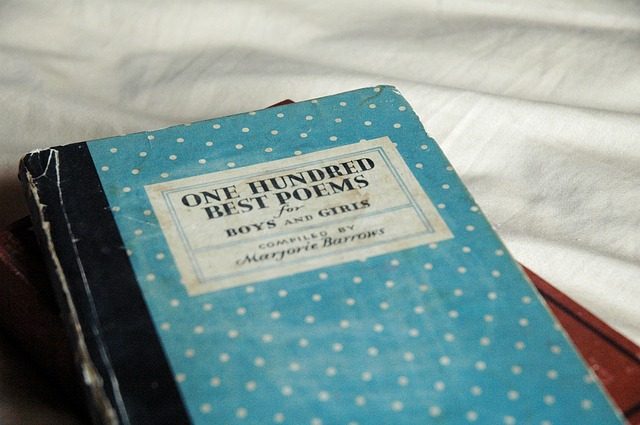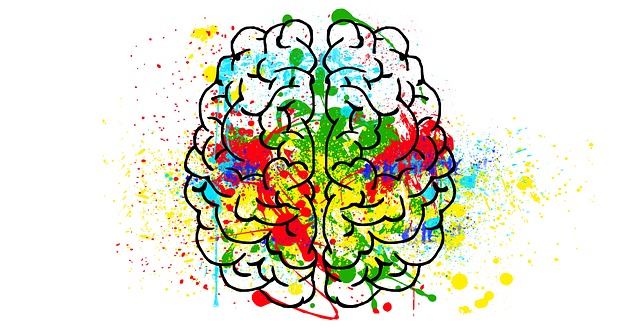In 2018, Scientific American published an article titled “The Number of Americans with No Religious Affiliation Is Rising,” which looked at the rising number of Americans who don’t identify with any religion. In 2018, a survey done by the Pew Research Center found 34 to 36 percent of millennials identify as atheist, agnostic, or just “nothing in particular.”
While most people have a general understanding of atheism, agnosticism can be a little more confusing since it falls in the grey area between total belief and total disbelief in the existence of a higher power and/or God.
In this article, we’ll explore what it means to be agnostic. First, we’ll define the term agnostic and talk about what agnosticism looks like in practice, then we’ll dive into the differences between being agnostic vs. atheist. Finally, we’ll share a list of famous people who are agnostics.
So let’s get started!
























